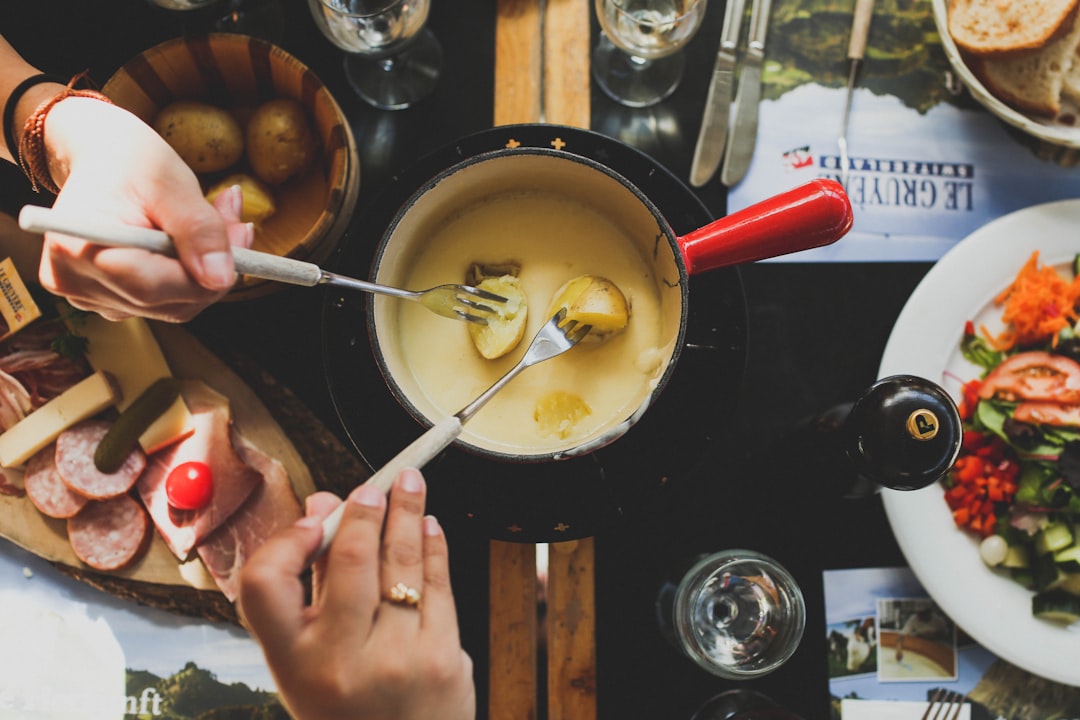Battered sausage
But what, ultimately, is 'battered sausage'? Well, for starters, it is an uber-football-match-day favourite in Britain. As the name suggests, it can be defined as a sausage encased in a coating of savoury batter (or crumb). In its simplest form, it is prepared by dipping a sausage into a mixture of flour, eggs, and seasonings and then frying it until it is nicely golden and crispy. However, variations to this recipe are legion and range from lightly spiced herbs to some rather more esurient concoctions. Though some may argue that battered sausage is an acquired taste, it is definitely one that has withstood the test of time and continues to be enjoyed by many to this day.
In terms of nutrition, battered sausage is not a particularly healthy food. The high fat content of the dish means that it should always be consumed in moderation. But despite this, battered sausage remains a firm favourite amongst many, especially those looking for a fast, convenient and delicious snack.
So, if you're ever in Britain and you find yourself undecided as to what to eat, why not give battered sausage a try? Despite its polarising reputation, who knows – it might just prove to be an unexpectedly piquant treat.
Battered sausage recipes
Amazing Battered sausage recipes sourced from the web.
The origin of Battered sausage
The battered sausage is a classic British dish as ubiquitous on the menu of any traditional fish and chip shop as mushy peas and pickled onions. But how did this artery clogging delicacy come to be?
The exact origin of the battered sausage is uncertain, but it is believed to have evolved from a recipe popular in Northern England in the mid-19th century. This dish, known as “potted herrings”, consisted of smoked herring that had been fried with herbs and spices, then placed in a bowl and covered with suet-infused batter. Whilst this dish was likely originally created for home consumption, it is thought that when fish and chip shops began to emerge in the late 1800s, potted herrings were re-imagined in a new form.
The sausage of choice at the time was the Cumberland sausage, so it’s thought that this variety was the first to be used in the new ‘battered sausage’ dish. By the 1940s, the popularity of the battered sausage was such that it even appeared in cookbooks such as ‘Mrs Beeton’s Book of Household Management’. The recipe suggested cutting sausages into sections and coating them in a light batter before frying – a process which is still followed today.
Whilst the origins of the battered sausage are unclear, one thing seems certain: it has become a beloved snack of the British public over the last 150 years, enjoyed both as part of a hearty meal or as a guilty pleasure in its own right!
Types of Battered sausage
When it comes to classic British dishes, few are as iconic and beloved as battered sausages. This delectable treat is found in restaurants, cafes, pubs, and chip shops all over the UK, enjoyed by people young and old with gusto. But have you ever wondered what makes a battered sausage so special? Let’s explore the different types of this delicious snack and see what sets them apart.
First off, there are traditional battered sausages, made from high-quality pork, beef, or vegetarian ‘sausage’, coated in a light, crispy batter. These are usually served with chips and other sides, such as peas or beans. For those who like their snacks a bit spicier, there are Mexican-style battered sausages, which are larger, spicier sausages, often served with a sauce such as salsa or guacamole.
If you’re looking for something even more out-of-the-box, why not try scampi battered sausages? These bite-sized morsels are made using panko breadcrumbs, which give them an extra crisp texture, and are usually served with tartar sauce. Or if you’re feeling adventurous, try out India-style battered sausages. These flavour-packed sausages are coated in a fragrant blend of spices, including cumin, turmeric, and coriander, for an altogether superlative eating experience.
No matter which type of battered sausages you choose, they all have one thing in common: they’re an incredibly tasty way to enjoy your lunch break. So why not grab yourself a pack and get stuck in? You won’t regret it.



